TARIFF


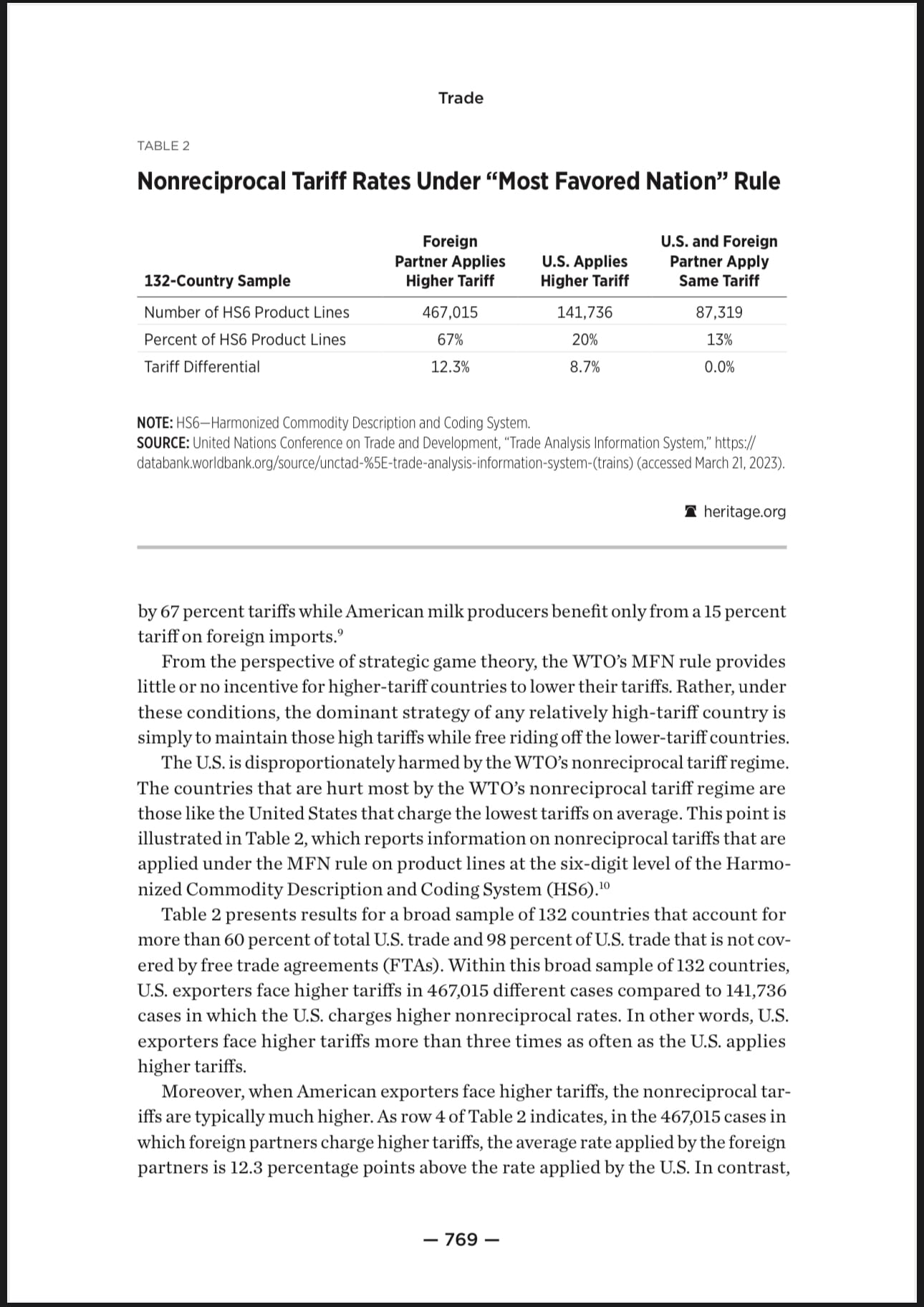
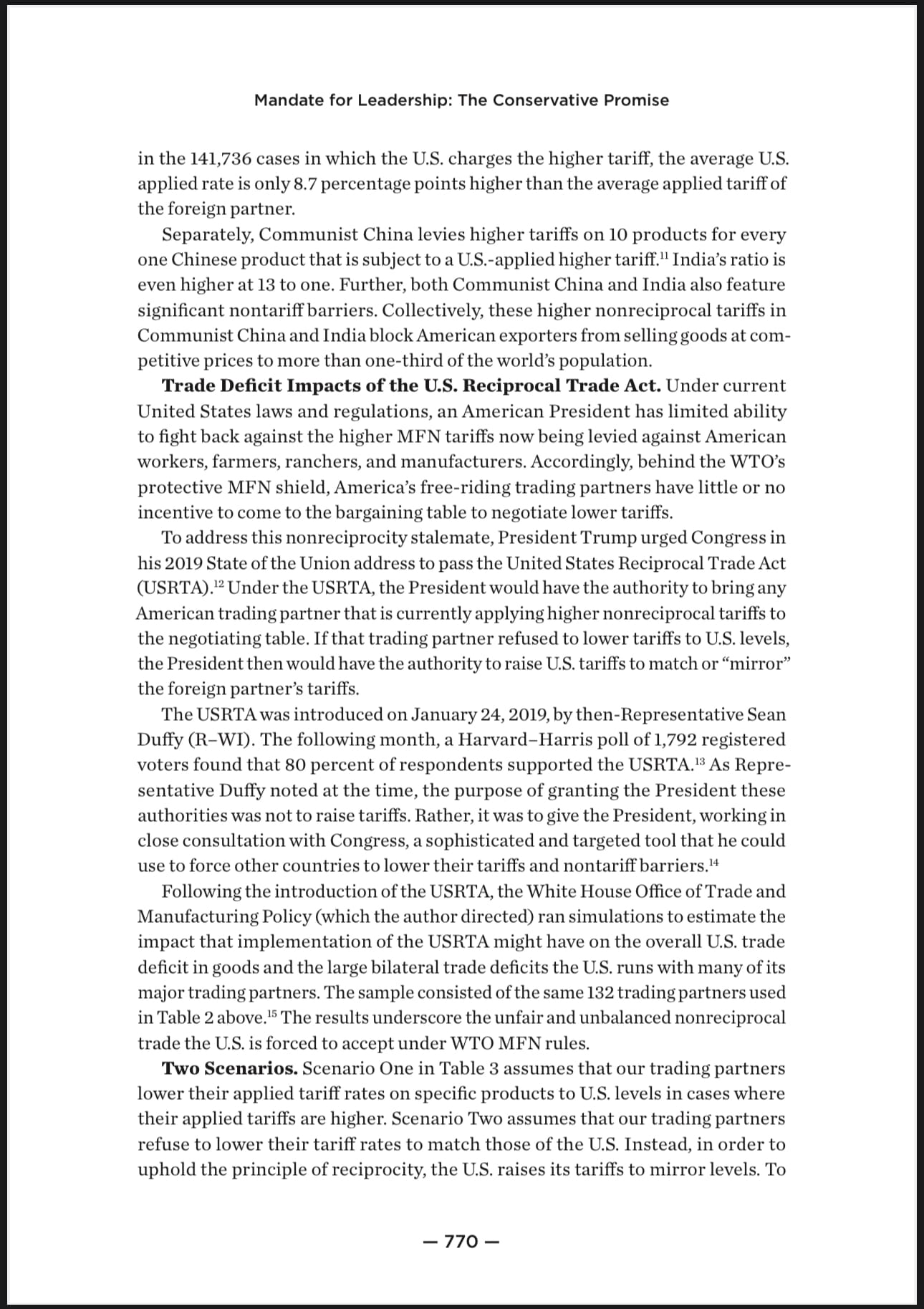
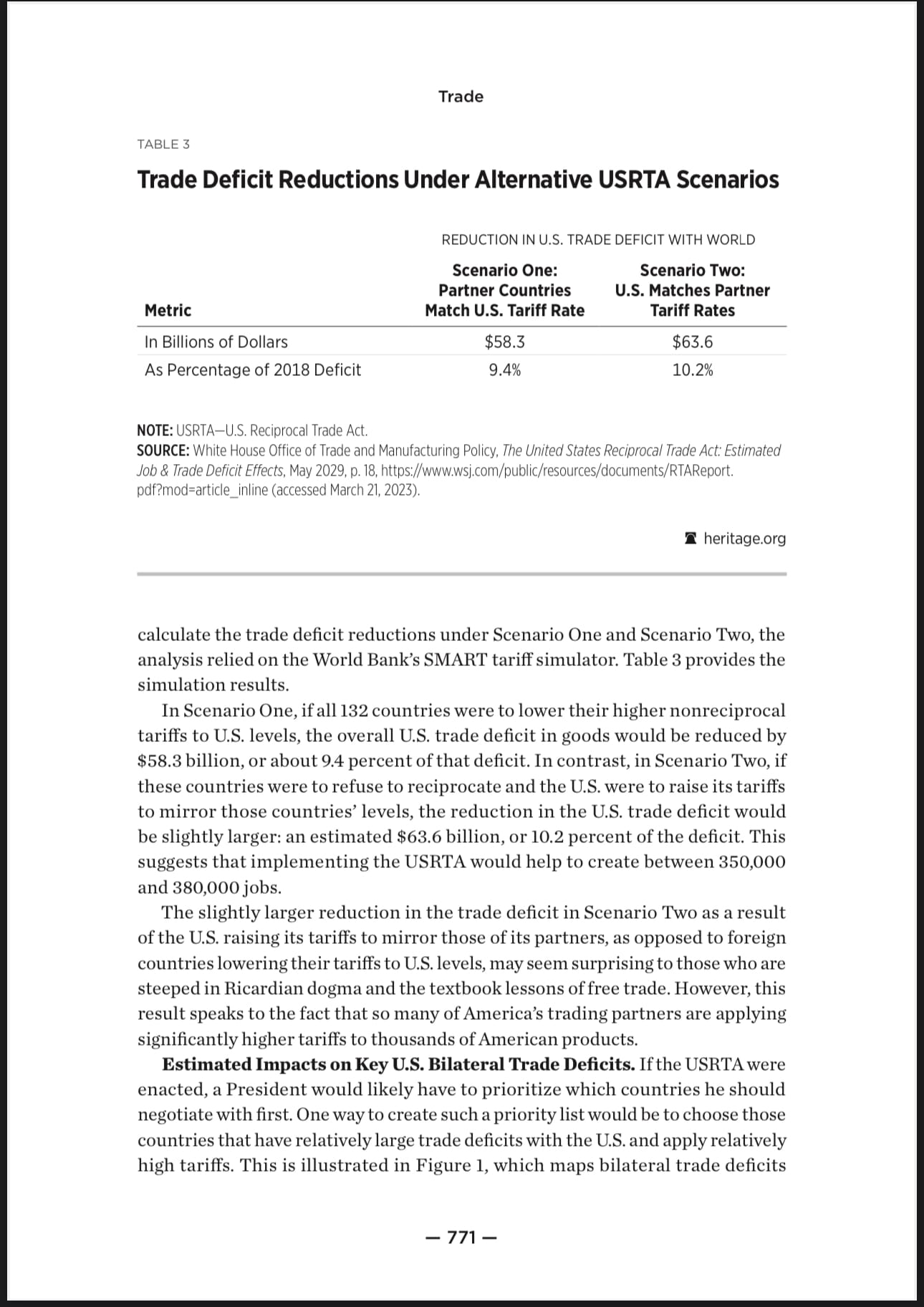
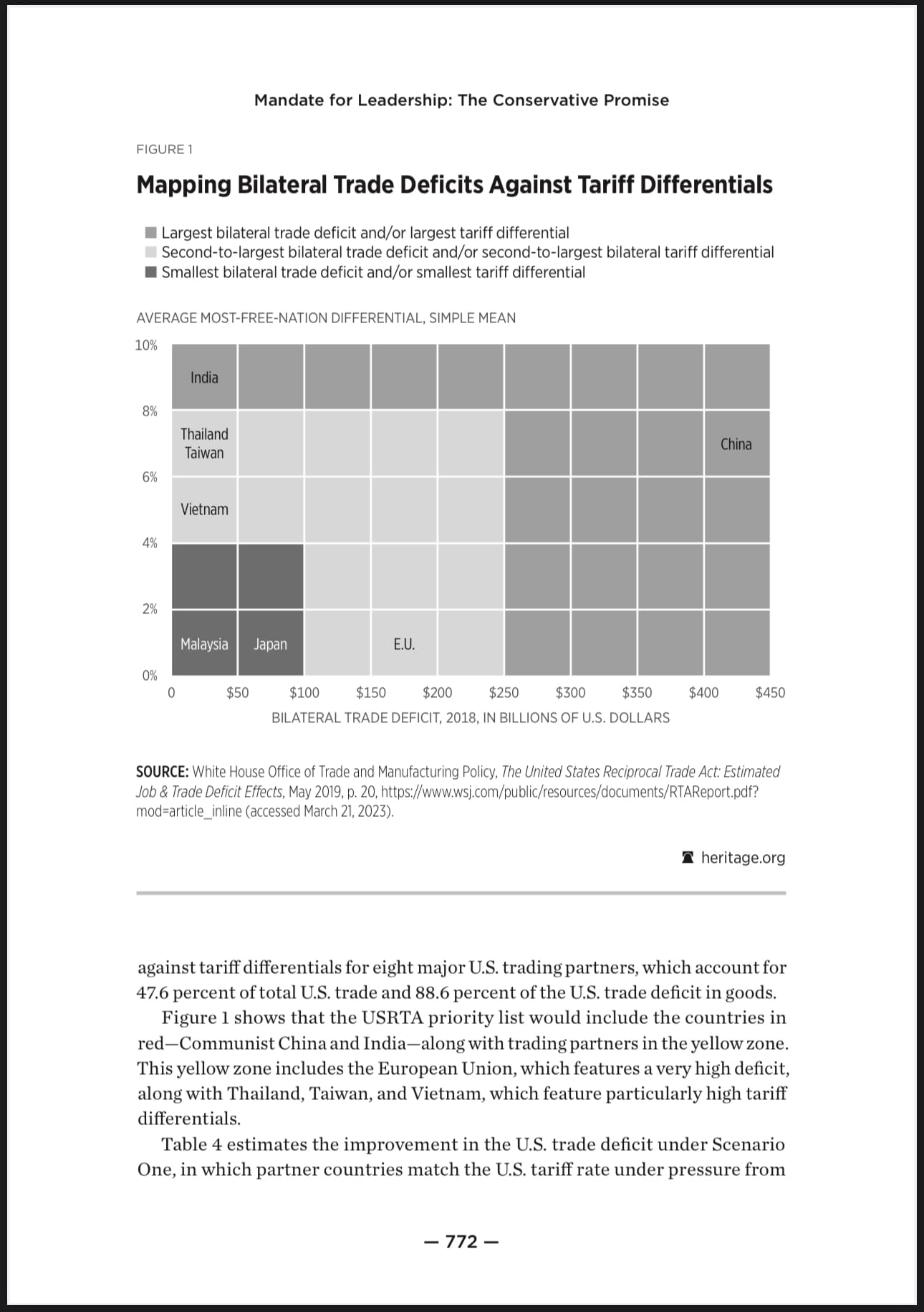
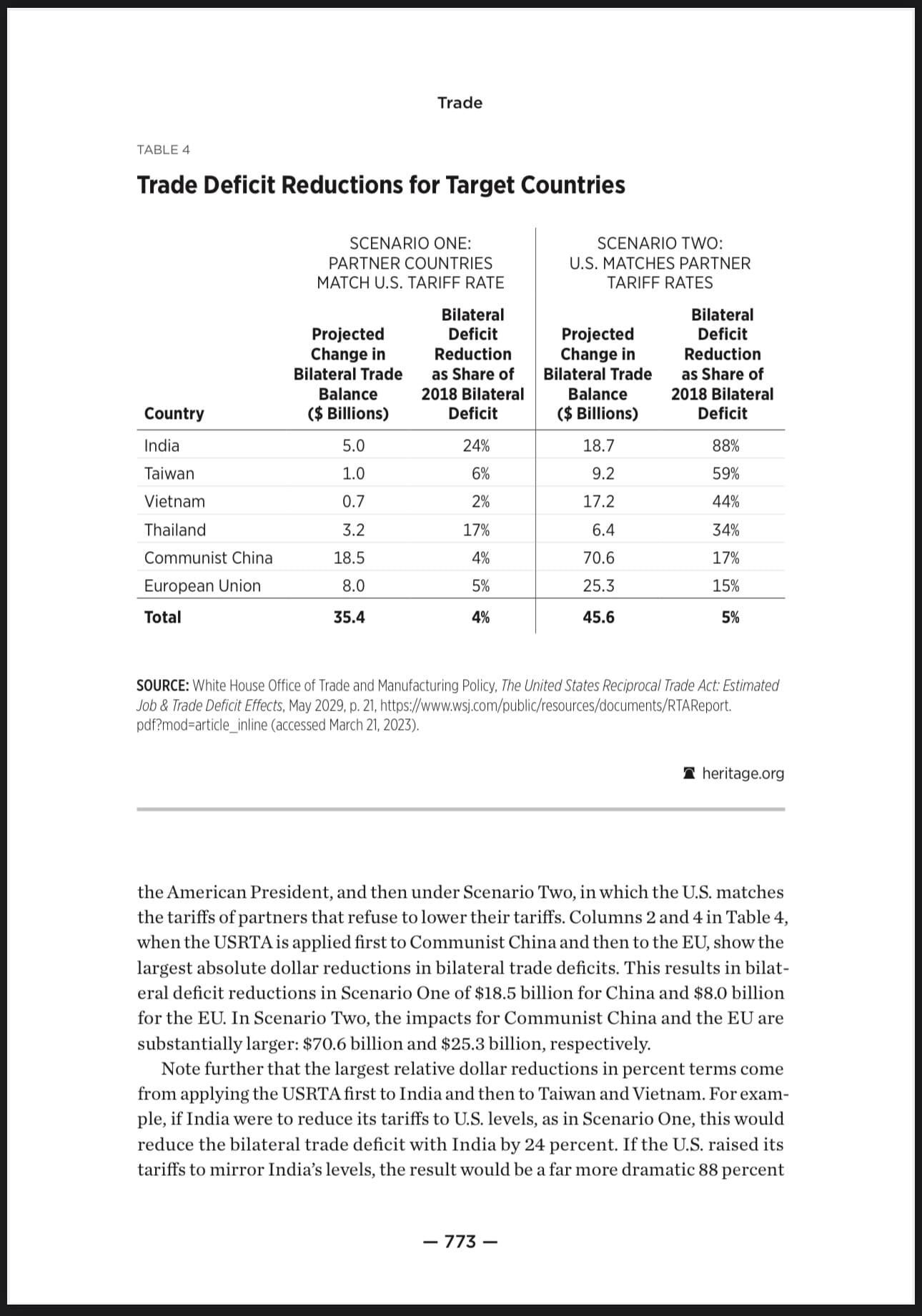
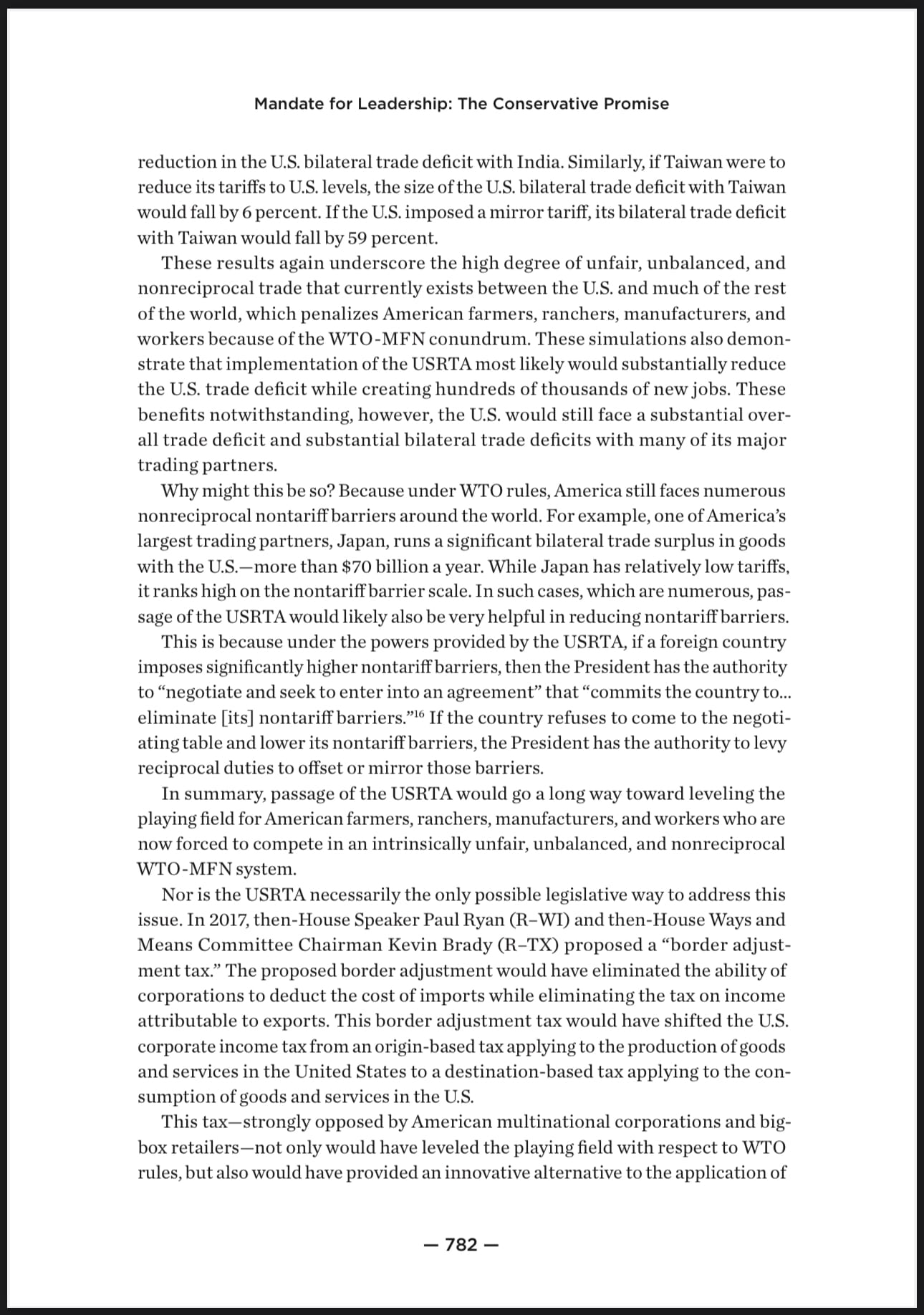
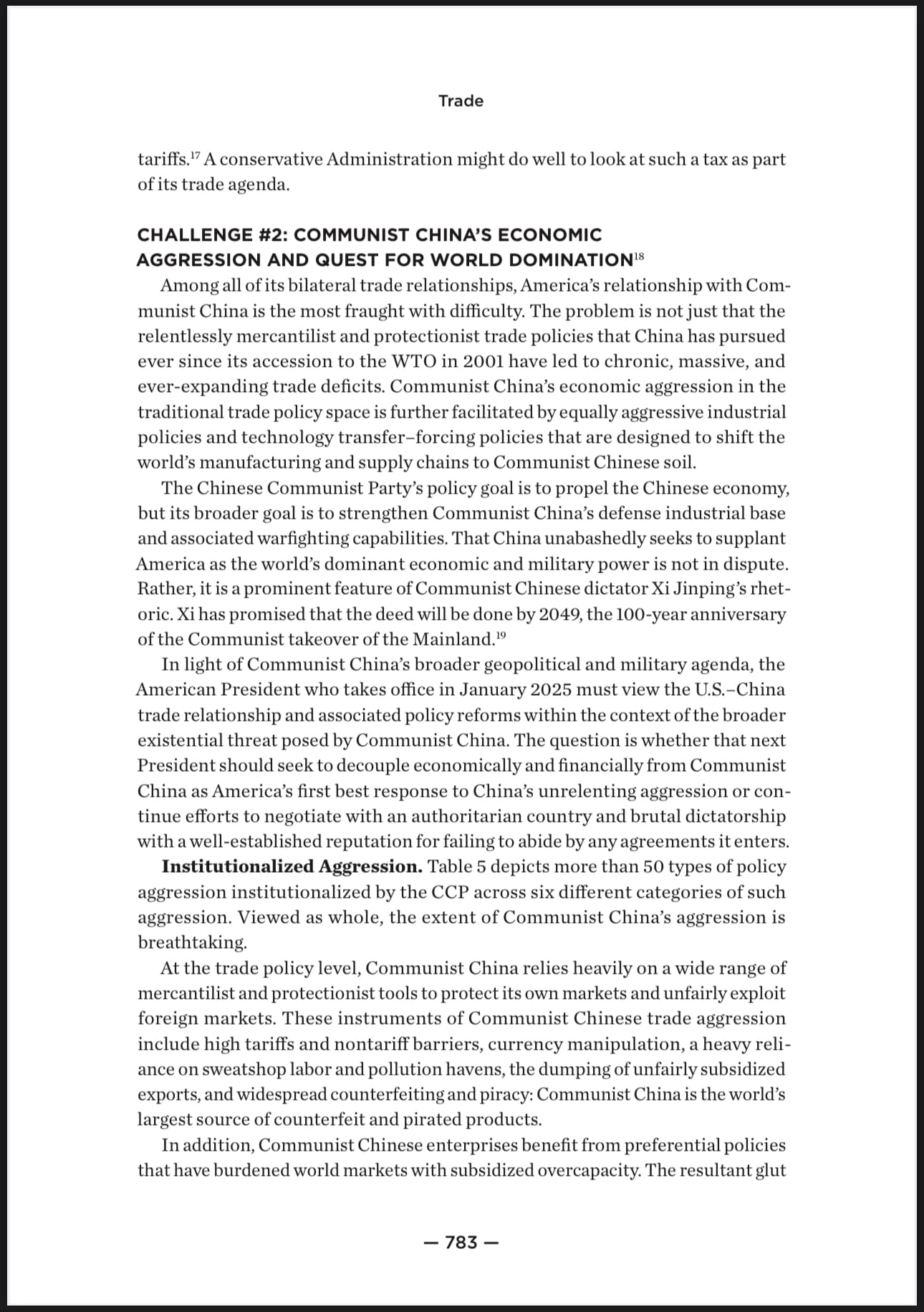


Key Issues with Trump’s Tariff Policy in His Second Term
1. Global Trade Disruption:
Trump’s proposed tariff expansion on all Chinese products and other trade-related sanctions against China would likely escalate global trade tensions. A comprehensive tariff strategy to block “Made in China” goods and financial restrictions on Chinese companies in U.S. markets would further disrupt already fragile global supply chains, which were severely impacted by the COVID-19 pandemic. The strategic decoupling from China would raise import costs for American businesses and consumers, increasing the prices of everyday goods and potentially leading to inflationary pressures within the U.S. economy.
2. Retaliatory Tariffs and Trade Wars:
As shown in the scenarios discussed in the images, countries like China, India, and the European Union could impose retaliatory tariffs on U.S. exports, particularly in sectors where the U.S. maintains trade advantages. Such reciprocal tariff hikes could harm American farmers, ranchers, and manufacturers who rely heavily on exports to these regions. The reciprocal trade policy detailed in the U.S. Reciprocal Trade Act (USRTA) may reduce the bilateral trade deficit, but it could also provoke retaliatory actions that would further damage U.S. exports.
3. Impact on U.S. Manufacturing and Supply Chains:
One of Trump’s central goals is to revitalize American manufacturing by reducing reliance on Chinese imports. However, this approach could disrupt established supply chains, especially in critical industries such as pharmaceuticals, electronics, and automotive manufacturing. Many U.S. companies are deeply integrated with Chinese suppliers, and shifting production back to the U.S. or to alternative countries would take time and result in significant costs. This strategy may also face pushback from U.S. companies that benefit from cheaper inputs and production costs in China.
4. Job Losses and Economic Slowdown:
The images suggest that while the tariff policy could reduce the trade deficit and create jobs in certain industries, the overall economic impact might be negative. The increase in production costs and the rise in consumer prices could lead to reduced economic growth and job losses in industries that depend on global trade. The proposed financial and tax incentives for onshoring production would not fully compensate for the immediate economic disruptions caused by tariff hikes and trade wars.
5. Further Strain on U.S.-China Relations:
Trump’s second term policies reflect a shift from negotiation to economic and strategic decoupling from China. The failure of the Phase One Trade Deal in 2020, which fell short of its promises regarding Chinese purchases of U.S. goods, has fueled this shift. As the images highlight, Trump’s administration views any further negotiations with the Chinese Communist Party (CCP) as fruitless and potentially dangerous. This marks a departure from his first term, where trade wars were seen as a bargaining tool to negotiate better deals. In contrast, his second term policies emphasize complete economic decoupling, reflecting a more confrontational stance toward China.
6. Global Trade Imbalance and Potential Isolation:
The aggressive expansion of tariffs and restrictions on Chinese products could lead to global trade imbalances. Other countries may follow suit, leading to a fragmentation of the global trade system. The United States risks isolating itself economically, as WTO rules could be undermined, and other trading blocs (e.g., the EU or Asian economies) might strengthen trade ties without U.S. participation. This could make U.S. products less competitive globally and reduce the U.S.’s influence in shaping future global trade rules.
Differences from Trump’s First Term
1. Broader Scope and Scale:
In Trump’s first term, tariffs primarily targeted specific industries (e.g., steel and aluminum) or countries (mainly China) in the context of a trade war. The second-term policies discussed in these images suggest a far broader and more aggressive approach, with all Chinese products potentially subject to tariffs. There is also a clear intention to completely decouple economically from China, which represents a much more drastic and comprehensive strategy than before.
2. Emphasis on National Security and Economic Independence:
During Trump’s first term, tariffs were framed primarily as a way to reduce the U.S. trade deficit and bring jobs back to America. In his second term, however, the images suggest a greater emphasis on economic security as national security. This shift is evident in the proposed policies to block Chinese state-owned enterprises from bidding on U.S. government contracts, banning Chinese drones, and even restricting Chinese investments in high-tech industries. These policies go beyond trade and into the realm of national security, showing that the tariff strategy is part of a broader geopolitical confrontation with China.
3. No Room for Negotiation:
In his first term, tariffs were used as a negotiating tactic. The Phase One deal with China, though incomplete, was an example of how tariffs were designed to bring China to the bargaining table. However, the second-term strategy, as outlined in the images, signals a move away from negotiations entirely. The administration appears to have learned from past experiences, concluding that China will never bargain in good faith, and thus, the focus has shifted to decoupling rather than seeking a trade agreement.
Conclusion
Trump’s tariff policies in a potential second term would be more far-reaching and aggressive than during his first presidency. They would likely escalate trade tensions, not just with China but also with other major trading partners. These policies, while aimed at reducing dependency on foreign imports and protecting U.S. industries, would come at a significant economic cost. American consumers would face higher prices, and U.S. companies would grapple with supply chain disruptions and possible retaliatory tariffs. Furthermore, by shifting the focus from negotiation to economic decoupling, the U.S. could isolate itself in the global economy, leading to a long-term reduction in its trade competitiveness and global influence. The differences from his first term show a clear pivot from using tariffs as a bargaining tool to employing them as part of a larger national security strategy aimed at curbing China’s influence globally.